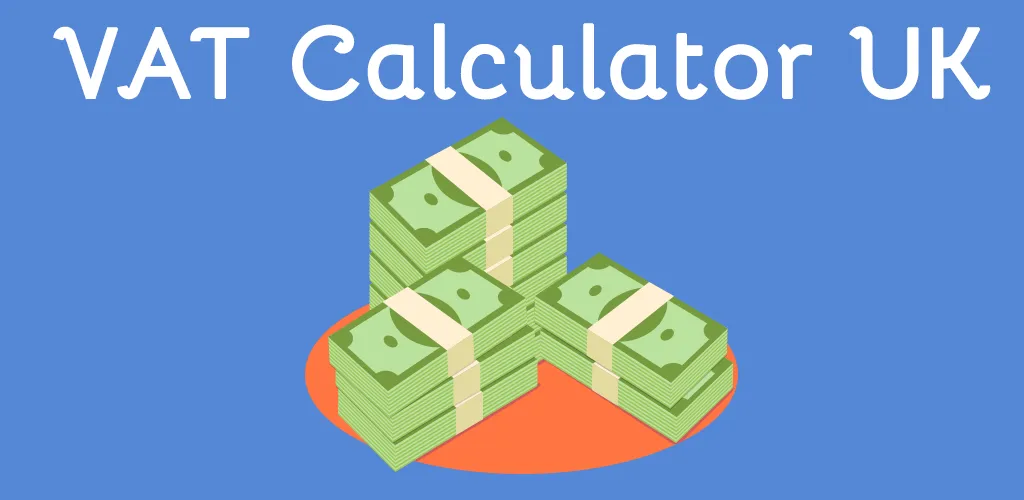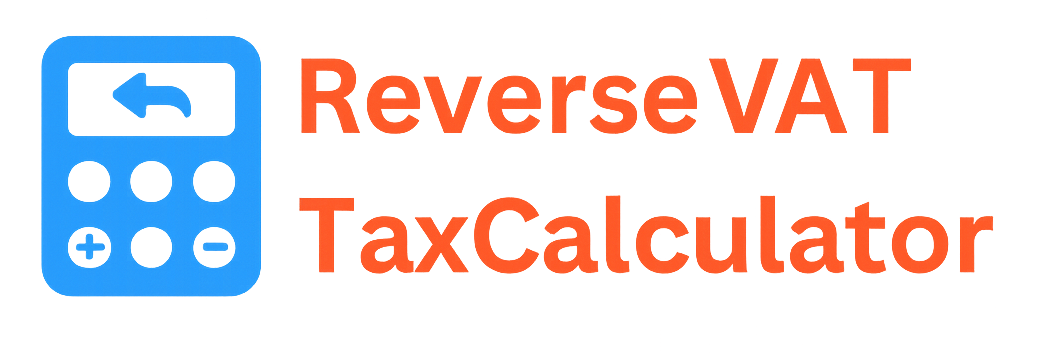What Is VAT?
VAT, or Value Added Tax, is a consumption-based tax applied to goods and services at each stage of production and distribution. Unlike income tax, which is paid on earnings, VAT is paid by consumers when they purchase products or services. It’s built into the price and collected by businesses on behalf of the government.
Every time a product moves through the supply chain—from manufacturer to wholesaler to retailer—VAT is added based on the value added at each step. The final buyer pays the full VAT, which is then remitted to the tax authority.
For example, if a product costs £100 and the VAT rate is 20%, the total price becomes £120. The £20 is the VAT component.
VAT is widely used across the globe, with rates varying by country. In the UK, the standard rate is 20%, while countries like the UAE apply a 5% flat rate. Some countries also offer reduced or zero-rated VAT for essential items like food, medicine, or education.
Businesses registered for VAT can often reclaim input VAT—the tax they paid on purchases—while charging output VAT on sales. This system ensures that VAT is only paid on the value added at each stage.
In reverse VAT scenarios, users calculate the net price from a VAT-inclusive amount, which is especially useful for accounting, invoicing, and financial analysis.



